Explaining Crypto with Rules from Set Collection Games
Since most people don’t understand yet how cryptos work and how their value goes up and down, I’m going to make a parallel using the rules of set collection games. For those who don’t know, the goal in set collection games is to get a lot of the same type of card or tile. The bigger the group of same stuff you have at the end, the more victory points you get.
This is the most basic rule of all set collection games, and also something that doesn’t apply with money. Money doesn’t increase its value when stashed in a vault. It increases its value when lots of people are using it. Basically, if you gather all the gold in the world in one place and don’t do anything with it, it’s going to be worthless because nobody uses it.

Which is why a more advanced rule of set collection games states that it’s not about trying to get everything of the same kind, but rather to balance the stuff you get, with the stuff you leave in the commons’ area. The commons’ area is the place in any game where every player can interact with. It’s usually called the marketplace or the food pool. In real life, it’s the equivalent of cash people use every day to buy or sell stuff in shops or bazaars. This is much closer to what happens with real money, as the victory points you get at the end are determined not only by how much you have collected, but also by how much you left untaken.
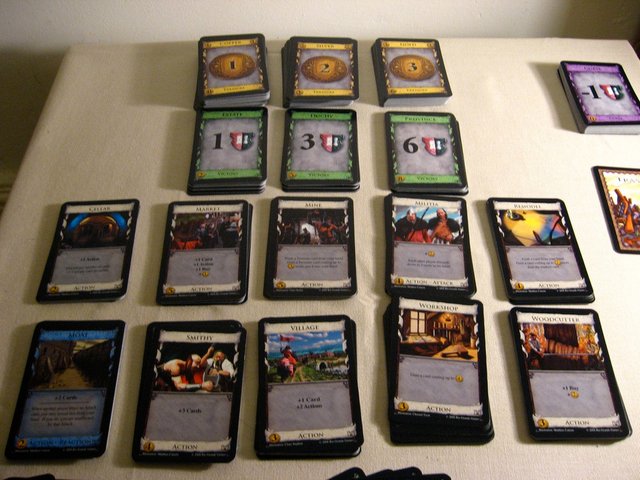
This brings us to the next stage of complexity, which is the buying cost. In most games in order to get a card, recruit a soldier, build a castle, or cast a spell, you pay something for it. It’s not free, it costs coins, or raw materials, or mana points. In most cases that cost is fixed. It doesn’t matter when you want to get someone or do something, you always pay the exact same cost.

This is not true in real life. Costs go up and down all the time depending on how much people need something or not. High complexity games have dynamic costs. A simple method is lowering the price by 1 every turn people are not buying something. Another method is increasing the value by 1 for every copy of something currently in the market. In the second case, the amount of copies does not represent the available stock of something, but rather the volume of need people have for that specific something.
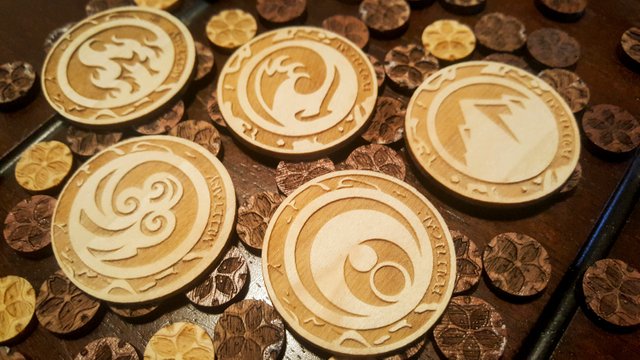
Since the golden rule of marketing is buying something when it’s cheap and selling it when its price goes up, in game rules that means it’s much cheaper to get something when there is only one of it in the market, and a lot more expensive when there are lots of copies in the market. It’s like the recent case with Bitcoin. You sell it when its price is higher than ever and you buy it when drops to half its price. Then you just wait for it to go back up and sell it again.
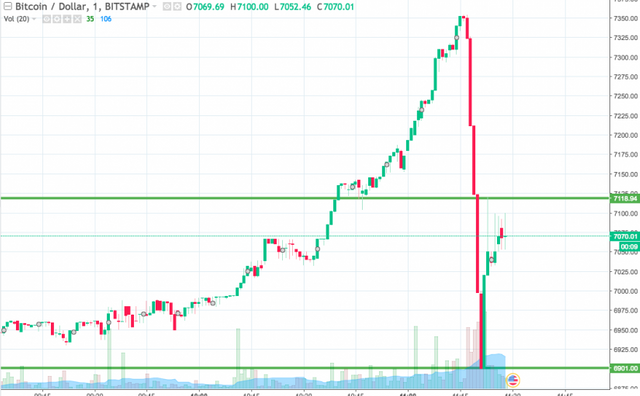
And now that we begin using crypto in our examples, let’s assume that the purpose of the set collection part of the game is having the most crypto with the highest possible value at the end of the game. The question is, how do you begin getting crypto? What do you use to pay its cost when you begin the game with no crypto? In an ideal situation you provide services and get paid in crypto, but that doesn’t sound like much fun. So a better option is fiat money. Every player begins with a specific amount of paper money with which he can do transactions.
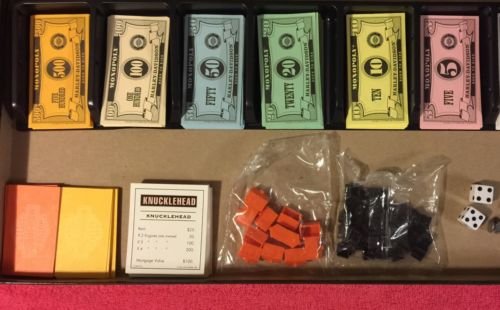
Here is something many have not realized yet. In most games, fiat money has a value of its own and gives you a few points at the end of a game as a reward for not spending all of it. In real life, fiat money stopped having value. It used to represent gold and you could always go to a bank and exchange it for its value in gold. That’s not the case anymore; now it just represents dept. Every time you get a loan from a bank, that money doesn’t represent something like gold. It is just your dept to the bank, which you have to pay back with interest.
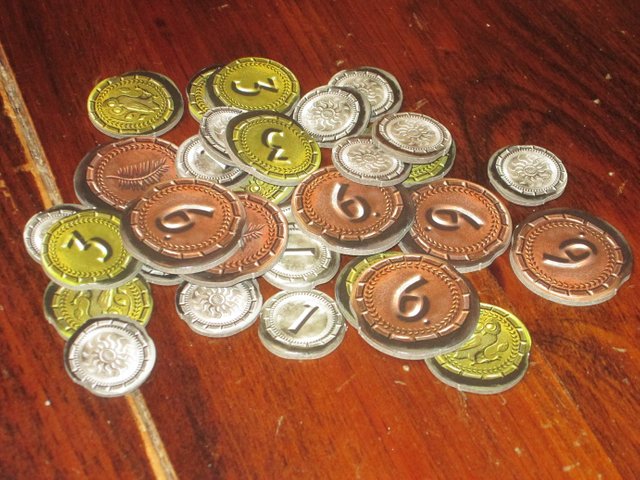
So essentially, with current standards, the fiat money you begin any game with, does not give you any positive points. It’s negative because it’s a loan by a bank and your mission is to spend as much as you can so you won’t lose points because of it. Crypto on the other hand does not represent dept. Since it’s not supposed to be regulated by banks, it’s used purely for transactions and is a reward for services. This is why it is never used as a loan and never has a negative value.
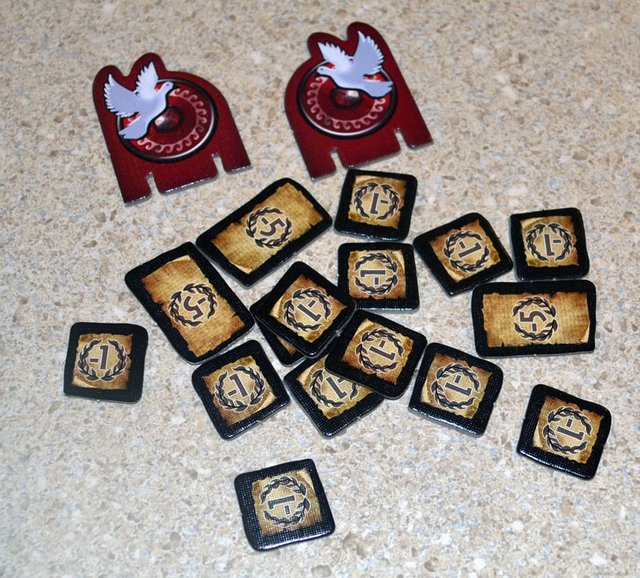
There are many more variants regarding crypto, but it would be an overkill to go over them. The basics of crypto have been covered in game terms, so hopefully now you have a better understanding of what it is if you see it as a game.

This post has received a 0.78 % upvote from @booster thanks to: @thatanimesnob.
You got dragonized with 20.83% upvote from @skydragon, courtesy of @thatanimesnob! See biddings: https://www.skydragon.me
This post has received a 5.06 % upvote from @aksdwi thanks to: @thatanimesnob.
This wonderful post has received a @thatanimesnob 26.28% upvote from @mrswhale. Discord Channel: https://discord.gg/WVJW7AC You can vote in the name of the odl. https://steemit.com/~witnesses
You got a 36.78% upvote from @steembloggers courtesy of @thatanimesnob!
You got a 5.90% upvote from @mercurybot courtesy of @thatanimesnob!